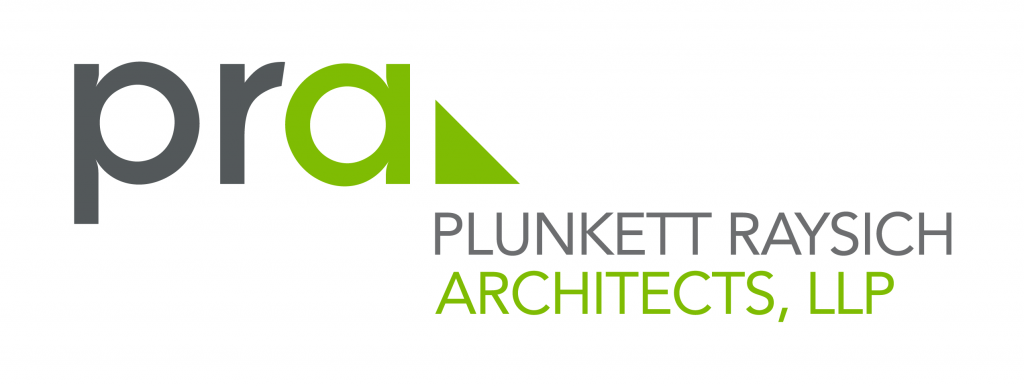WHA Valued Voice, March 26, 2020
WHA led a group of seven leading health organizations asking the public to help slow the spread of COVID-19 in Wisconsin. The call for public awareness of the importance of social distancing and limited public interaction was released soon after Governor Tony Evers announced his “Safer at Home” order on March 23. WHA has been a leading voice in calling for the public and policymakers to help “flatten the curve” of the virus’ impact on hospitalizations. Joining WHA on the press release were organizations representing the state’s physicians, nurses, rural hospitals, low-income clinics and nursing homes: the Wisconsin Medical Society, the Wisconsin Nurses Association, the Wisconsin Primary Health Care Association, LeadingAge Wisconsin, the Rural Wisconsin Health Cooperative and the Wisconsin Health Care Association/Wisconsin Center for Assisted Living.
The group urged citizens to follow the “Safer at Home” directive: “We must do this to keep our health care system from becoming overwhelmed,” the statement said, “and to protect both the public and essential health care workers who are necessary to take care of the critically ill.” The statement recognized that such an order will create difficult ramifications for Wisconsin businesses, their employees and families. “But the continued rise of COVID-19 cases in Wisconsin, now in part due to community spread, necessitates more dramatic action that we believe will help us get through this challenge even faster,” the group said. Governor Evers’ order took effect at 8 a.m. on March 24 and is scheduled to continue through April 24, subject to change by any subsequent order.







